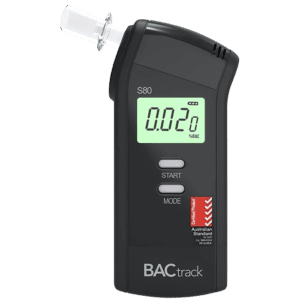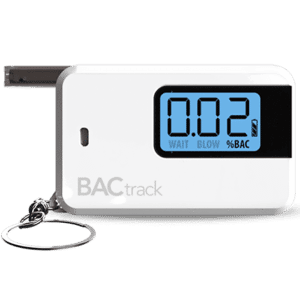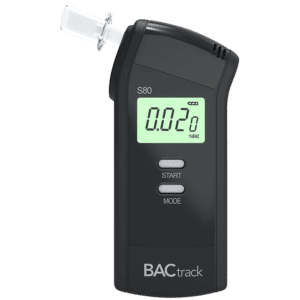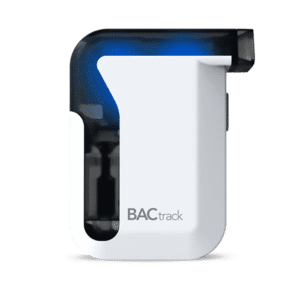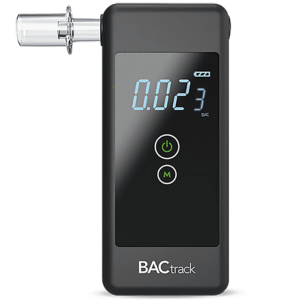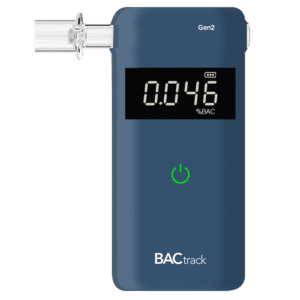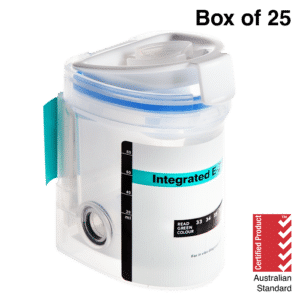Alcohol and Drug Free Workplace Policy: Importance & How to Implement
05 April, 2024

With substance abuse being a prevalent issue in society, employers must take proactive measures to ensure workers are not under the influence of drugs and alcohol while working. One method of doing this is by establishing an alcohol and drug-free workplace policy. This policy is crucial to provide employees guidelines on proper conduct at company premises or during events. To implement this, the company must inform all employees and enforce disciplinary actions for violations.
There are several benefits to implementing a company policy for substance misuse. It helps companies comply with their legal obligations and reduces the safety risks present in work sites. A comprehensive policy is particularly crucial for businesses in high-risk industries, which include mining, rail transport, construction, and manufacturing. Hence, they must form policies that account for specific workplace factors. This article will present the importance of having a substance-free workplace policy, how to develop one, and how to implement it.
Importance of Having an Alcohol and Drug-Free Workplace Policy
Having an alcohol and drug-free workplace policy is crucial for several reasons. Firstly, it establishes the guidelines and expected behaviours for employees. Informing workers of these guidelines can help them understand the acceptable conduct within company premises. It also reduces the risks to health and the safety of workers.
Secondly, it can establish an alcohol and drug testing program. Testing regimes are crucial for ensuring compliance with alcohol and drug-free policies. It also provides an objective way to determine the presence of alcohol and drugs in the system of individuals, which may show proof of impairment. By basing disciplinary actions on the test results, employers can demonstrate fairness.
Lastly, an effective policy can help mitigate legal challenges. By reducing alcohol and drug-related workplace accidents, the company can reduce instances of legal proceedings from employees who suffered from incidents. This can also contribute to lower costs from fewer legal battles or challenges. Moreover, it helps ensure compliance with safety laws and regulations.
Benefits of an Alcohol and Drug-Free Workplace
- A workplace free from the influence of alcohol and drugs typically has higher productivity rates than those who are not.
- It also shows the commitment of the company to protecting workplace health and safety, leading to higher morale and lower worker turnover rates.
- A safe and healthy work environment can also attract top talent to apply and clients to do business with the company.
- A substance abuse-free workplace can also improve the reputation of the company.
- It contributes to a work site with low risks of accidents, which can help save the company from high insurance premiums and healthcare costs.
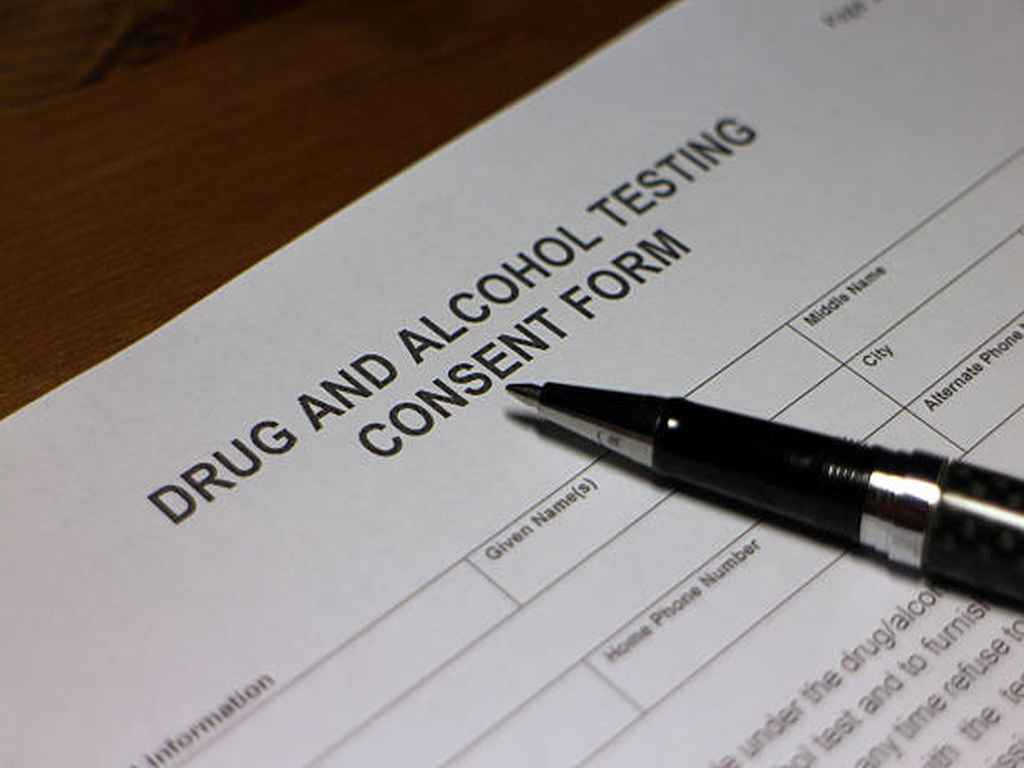
How to Develop an Alcohol and Drug-Free Workplace Policy
Developing an alcohol and drug-free workplace policy can be a complex process. This is because it is crucial to consider various relevant factors when creating one. This includes the workplace culture, the number of hazards present, access to alcohol and drugs, and applicable regulations in the territory.
To start, the employer may conduct a risk assessment to evaluate the hazards present in the company premises. This allows them to identify the needed components for their drug and alcohol policy. Afterwards, they may form a representative group to oversee the development. This group may be composed of management and worker representatives. Alternatively, the existing health and safety committees may draft the company policy on substance use.
Once the draft is complete, they may conduct a consultation with workers. This can help ensure its relevancy to the workplace culture and provide a sense of ownership, making workers more likely to follow. They should also seek legal advice from professionals to ensure it aligns with existing legislation and regulations.
Legal Considerations
Employers must account for legal considerations when implementing a drug and alcohol policy. Foremost, they must respect the rights of their employees, especially during the drug and alcohol testing process. Screening should be done fairly for all relevant safety-critical positions.
Secondly, they must get consent or agreement before conducting the testing procedure. They may establish rules if the employee refuses to consent to the test without valid reasons, such as medical explanations. However, they must not force them to undergo testing. Lastly, they must safeguard the privacy of the employee regarding their medical information to avoid confidentiality issues.

How to Implement an Alcohol and Drug-Free Workplace Policy
To effectively implement an alcohol and drug-free workplace policy, the employer must cover critical aspects. Firstly, they must inform the employees about the policy. They may do this using various means, such as posting it on the company intranet and noticeboard. They may also conduct training to discuss the policy to ensure the workers are informed.
The company may also establish education programs to train the employees on aspects. This may include identifying the signs of impairment from alcohol and illicit drug misuse to aid them in reporting suspected workers. The program can also cover the effects of substance misuse. Moreover, they can discuss the company-specific rates of workplace accidents related to illicit substance use.
Furthermore, the company must adequately enforce disciplinary actions for violations. This showcases their commitment to creating an alcohol and drug-free environment. Additionally, employers should have a reasonable basis before conducting the test. They may include these specific instances in the policy, such as pre-employment, random, blanket, for-cause, post-accident, and post-rehabilitation.
Training on Policy Guidelines
Training on policy guidelines is crucial to ensure that employees understand the content of the policy and follow them for a safer and more productive work environment. As such, conducting regular training and education is beneficial for the company. Besides initial training, they may also conduct refresher courses to verify the knowledge of the workers.
The training focused on policy guidelines may discuss the reasons for implementing the policy, the consequences of violating it, how to report suspected cases of substance misuse, and the support available for employees struggling with addiction. It may also cover the impact of substance use on productivity and workplace safety.
Conclusion
A comprehensive alcohol and drug-free workplace policy is essential for companies who wish to ensure a safe, healthy, and productive workplace environment. It informs employees of the expected behaviours on company premises or during work company-sponsored events. It can also establish testing procedures to ensure compliance with the policy. This can help deter substance misuse and ensure compliance among workers. Moreover, it can also cover the consequences for workers who breach the policy.
To develop a policy, the company should form a development group or have the health and safety committee draft one. Then, they must have legal counsel review the document before finalising it. Once complete, they must inform the employees using various means so they may implement it properly. They may also conduct training to ensure an understanding of the testing methods and subsequent violations. The training may also cover the reasons for testing and how to identify substance misuse.




















